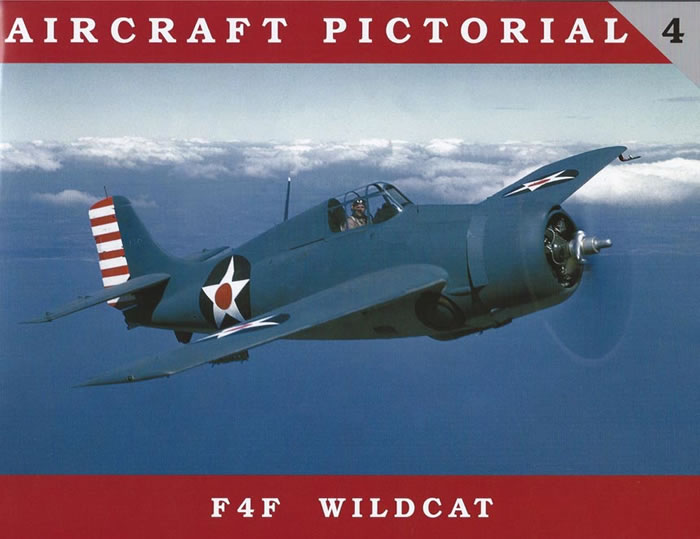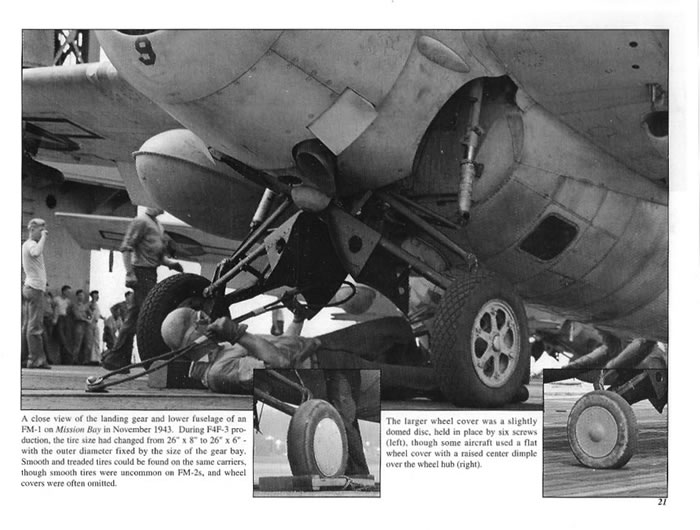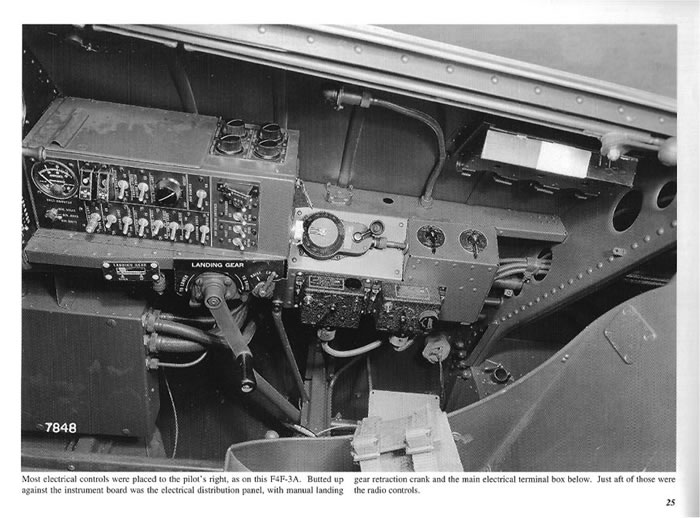Aircraft Pictorial #4
F4F Wildcat
by Dana Bell

Classic Warships Publishing
| S u m m a r y |
Publisher, Title and ISBN: |
Aircraft Pictorial #4
F4F
Wildcat
by Dana Bell
Classic Warships Publishing
ISBN: 13-978-09823583-9-9 |
Media: |
Soft cover, Landscape A-4 Format, 72 pages plus covers. |
Price |
USD $16.16 from Squadron Mail Order |
Review Type |
First Read |
Advantages |
An excellent pictorial overview and walk-around of the development and component parts of the F4F Wildcat. This is an essential aid to modelers. |
Disadvantages |
|
Conclusion |
One of the best monographs of its type on the F4F. |
Reviewed by Steven Eisenman

F4F Wildcat by Dana Bell is available online from Squadron.com
With this volume, the third monograph in his Aircraft Pictorial series, Dana Bell goes from previous successes to higher levels of success.
As with his previous works, Dana begins with a brief text describing the development of the F4F Wildcat. He takes us from the XF4F-1 bi-plane project through the FM-2, the final version of the Wildcat.
After those two pages, the development of the Wildcat is traced in photographs from the XF4F-2 on through the FM-2. To answer your question, there are no pictures of the -1, as it never got beyond the drawing board stage.

What is most amazing about this work is that Dana has assembled a collection of photographs that results in a complete walk-around of the Wildcat. The photographs are not of restored aircraft, but rather of the aircraft as it was in the 1940s. It is very fine time capsule of the Wildcat.
Not only have the photographs in the volume captured the detail of the landing gear, cockpit and interior structure, etc., but they also, in many instances, show the development of various components. For example, there is a series of photographs on the changes made to the tail wheel.
Even though the Wildcat played a very limited role as a reconnaissance aircraft, Dana has also provided pictures and a diagram of the camera instillations in the F4F-7, F4F-4 and FM-2.
Dana, of course, has provided excellent explanations of the pictures. I find that he does not leave the reader to guess as to what is seen in the picture.
There are a number of pages that describe the development of camouflage and marking. He begins with a description of the “Yellow-Wing” markings, then to the Blue Gray scheme, the “Three-Tone” scheme and finally the British FAA scheme.

There is also a color section on the pre-war squadron insignias and the US Pacific Fleet marking for the aircraft on Escort Carriers adopted in June 1945.
Dana goes on to list all the USN Wildcat units. There is a listing of the carriers by name and squadrons. He also indicates which version of the Wildcat served with each of the squadrons on which carrier.
Finally, Dana has included the general arrangement drawing (“GAs”) for the F4F-3 through the FM-2. What is most interesting is that the drawings were not to “scale” and did not correctly represent shape, although the dimensions were given correctly. Clearly, a modeler cannot rely on the drawing alone.
My only quibble is that I would have liked to see the color sections organized as a single unit, rather than being placed at various places.
This slim monograph is an excellent work in so many ways. But most of all, this small monograph will be just as important, if not more so, as the instruction that came with the Wildcat kit you are building. Even if you are not building a model of the Wildcat, Dana’s monograph is fascinating just to look trough.
I truly look forward to the next volume in the series, the early (long nose) P-40s.
Thanks to Dana Bell and Classic Warships Publishing for the review copy.

Review Copyright © 2012 by Steven Eisenman
This Page Created on 10 September, 2012
Last updated
11 September, 2012
Back to HyperScale Main Page
Back to Reviews Page
|
